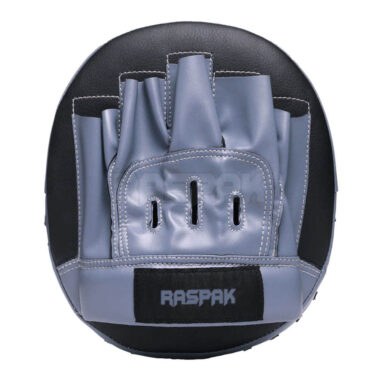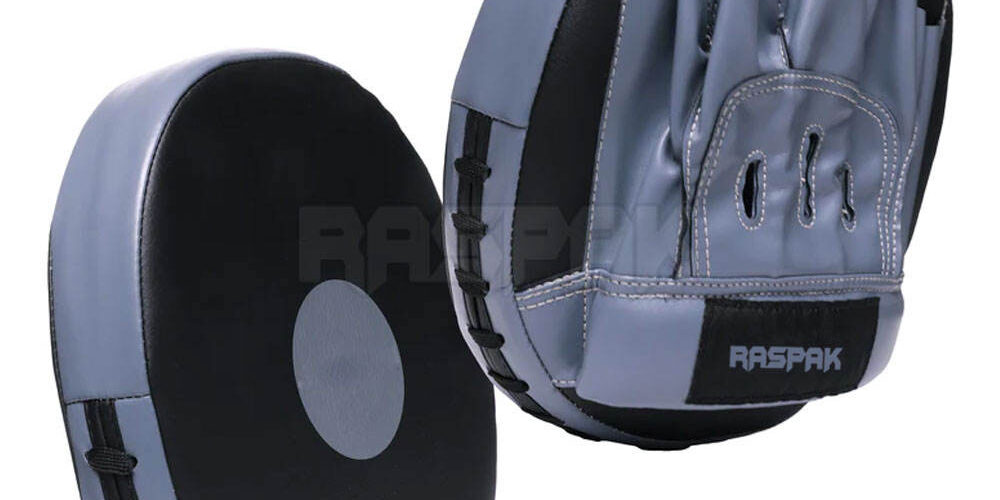🏟 Introduction: The Foundation of Every Match
A boxing ring isn’t just a stage — it’s an engineered structure designed for safety, visibility, and consistency. Whether for professional matches, amateur events, or training gyms, the construction quality of a ring determines athlete safety and regulatory compliance.
To ensure every ring meets global standards, it’s crucial to work with verified suppliers like Boxing Manufacturers who follow standardized production and material testing. You can also source dedicated technical options through Boxing Rings Manufacturers, offering full customization from corner pads to branding panels.
⚙️ 1. Platform Design and Structural Integrity
The ring platform absorbs shock and distributes weight evenly to minimize strain on fighters’ legs.
-
Frame Material: Heavy-duty steel or reinforced aluminum beams. Steel offers superior stability, while aluminum simplifies transport for portable setups.
-
Deck Boards: Typically made of marine-grade plywood or composite boards with anti-slip coatings.
-
Padding Layer: 1.5–2 inches of high-density foam ensures comfort without compromising footing.
For professional rings, the deck height is usually 1 meter (3.3 ft) above the ground — high enough for audience visibility, yet safe for fighters entering via steps.
🪢 2. Rope Systems and Tension Control
Boxing ring ropes are the first line of protection against accidental falls. They must be both elastic and firm enough to rebound safely.
-
Rope Composition: Polyvinyl chloride (PVC)-coated steel cables or multi-layered synthetic ropes.
-
Rope Height and Count: Four ropes are standard, spaced evenly at ~12-inch intervals.
-
Tension Adjusters: Turnbuckles allow micro-adjustments to keep uniform tension around the perimeter.
The ideal rope tension ensures a 20–30 mm flex when pushed with moderate force — enough to absorb impact without collapse.
🪵 3. Corner Pads and Safety Cushions
Each corner of the ring features foam-padded posts and corner pads (red, blue, and two neutral).
-
Padding Density: 45–60 kg/m³ closed-cell foam for optimal energy absorption.
-
Outer Shell: PU leather for professional settings; PVC for budget or amateur rings.
-
Attachment: Hook-and-loop straps for easy removal and maintenance.
Rings built by certified manufacturers comply with AIBA or local sports association standards, ensuring pad materials meet flame-retardant and tear-resistance benchmarks.
🪚 4. Flooring and Canvas Materials
The ring surface is where performance meets safety.
-
Canvas Material: Cotton canvas remains the gold standard, offering non-slip texture and breathability.
-
Vinyl Coatings: Increasingly used in humid climates for easy cleaning and mildew resistance.
-
Printing Options: OEM factories can produce full-color branded logos directly on the canvas via sublimation or PU film transfer.
Custom-printed canvases help clubs or promoters reinforce brand identity during televised events.
🧩 5. Compliance with International Standards
Different organizations define specific measurements for professional competitions:
| Organization | Platform Size | Rope Height | Remarks |
|---|---|---|---|
| AIBA | 6.1m × 6.1m | 40–130 cm | Used in amateur boxing |
| WBC/WBA | 6.1–7.3m × 6.1–7.3m | 40–130 cm | Professional match rings |
| Gym / Training | 5.5m × 5.5m | Custom | For limited spaces |
Before placing bulk orders, confirm that your target market aligns with regional certification requirements (e.g., ASTM, ISO, or local federation rules).
🧰 6. Portability and Assembly Considerations
Modern boxing rings are often modular, allowing fast setup and dismantling:
-
Portable Rings: Ideal for mobile events, assembled in under two hours.
-
Fixed Rings: Preferred for permanent gyms, offering greater stability.
-
Hybrid Rings: Combine fixed frame with removable flooring for flexible layouts.
An experienced boxing ring manufacturer will include an assembly manual, bolt kits, and layout diagram for efficient installation and maintenance.
🎨 7. Branding and Customization Options
For events and gym chains, customization adds professional value:
-
Embroidered corner pads
-
Digitally printed ring skirts with logos
-
LED lighting strips around the base
-
Pantone-matched rope colors for brand consistency
OEM factories also support multi-language packaging and export-ready documentation for global markets.
✅ Conclusion
A well-built boxing ring is a harmony of engineering precision and aesthetic presentation. From rope tension to canvas grip, each component contributes to both performance and brand impression. By partnering with specialized Boxing Rings Manufacturers and trusted Boxing Manufacturers, you ensure your rings meet safety standards, last longer under heavy use, and reflect the professional image your brand deserves.





















